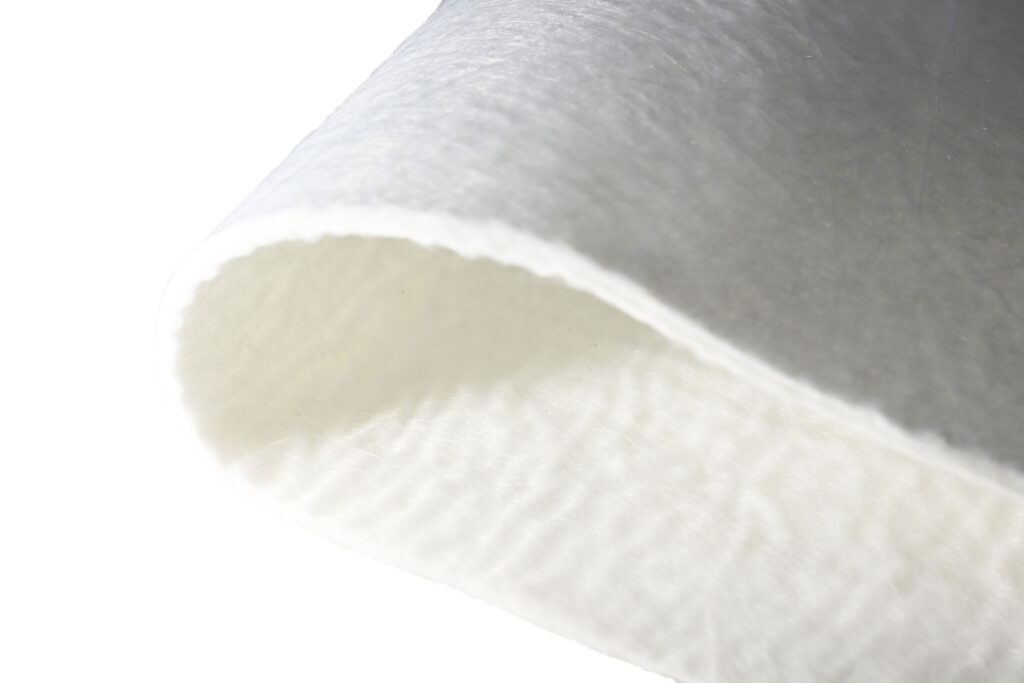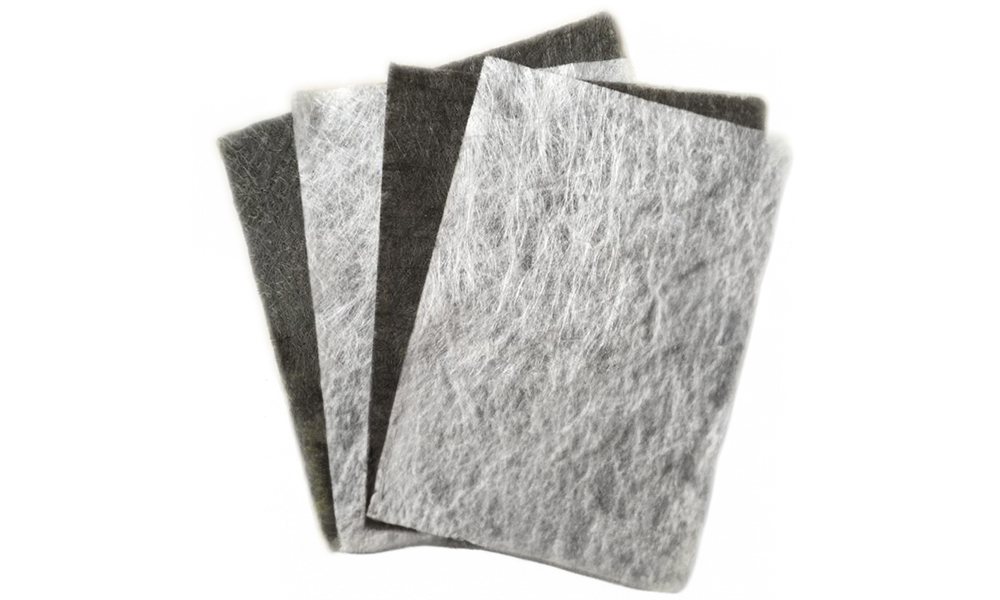What is the filtering effect of geotextiles?
Maintain the stability of soil particles: Geotextiles have good filtration performance, which can filter particles in the soil and prevent their loss. As water passes through the geotextile, it blocks the passage of smaller particles while allowing moisture and larger particles to pass through. This helps maintain soil stability and reduces soil erosion and sediment loss. Through the filtering effect, geotextiles can also reduce the pollution of organic matter and particulate matter in the soil to water bodies.
Separation of soil layers with different particle gradations: In engineering, geotextiles can be used to separate soil layers with different particle gradations. It can effectively prevent the soil particles with larger particle size from penetrating from one layer to another, so as to keep the separation and structural stability of the soil layer. For example, in highway base projects, geotextiles can be used to separate roadbed soil and foundation fillers, prevent the mixing and settlement of fillers and soil particles, and ensure the bearing capacity and stability of the base.
Provide effective soil drainage and water seepage function: Geotextiles have good permeability and can promote soil drainage and water seepage. It allows moisture to pass through, preventing moisture from accumulating and causing sludging or softening of the soil. In addition, geotextiles can also help to disperse drainage, so that the soil can seep water better under the condition of uniform force, and improve the drainage capacity of the soil.
Reduce soil erosion and protect the environment: Geotextiles can reduce soil particles carried away by water flow through filtration, thereby reducing the occurrence of soil erosion. Soil erosion will not only lead to soil loss and landform changes, but also cause water siltation, dredging of river channels and pollution of water environment. The application of geotextiles can effectively reduce the occurrence of these problems and protect the health of water resources and the ecological environment.

What do I need to prepare for a landfill construction project?
Conduct Feasibility Studies: Evaluate the feasibility of a project, including aspects such as geological conditions, environmental impacts, resource requirements, and regulatory compliance.
Site selection: choose an appropriate site to build a landfill, taking into account factors such as distance from the city, land availability, and groundwater quality.
Fund raising and project establishment: determine the budget and funding sources of the project, and obtain approval and project establishment from the government or relevant institutions.
Engineering design and planning stage:
Design the layout of the landfill area: determine the size, structure and layout of the landfill area, taking into account the capacity, classification, treatment methods and environmental protection requirements of waste.
Wastewater Treatment and Collection Systems: Design sewage collection and treatment systems to ensure controlled leachate generation and disposal during landfills.
Land procurement and preparation stage:
Land purchase or lease: Negotiate with landowners or government agencies to acquire suitable land for landfill construction.
Land preparation: Land grading, clearing, surveying and marking to ensure the planned layout of the landfill.
Construction and project implementation phase:
Civil works: Construction of landfill infrastructure, including site roads, garbage dumping areas, overburden and risk control facilities, etc.
Sewage treatment system construction: construction of leachate collection system, treatment facilities and monitoring equipment to ensure reasonable treatment and monitoring of leachate.
Fences and safety facilities: construction of landfill fences, installation of safety facilities and signs to ensure safe operation of landfills.

Operation and management stage:
Garbage Deposition and Covering: Ensure that waste is properly deposited, compacted and covered to prevent escaping of odors, organisms and pollutants.
Leachate Treatment and Monitoring: Collect, treat and monitor leachate discharges and implement appropriate control measures to prevent contamination of groundwater and surface water bodies.
Landfill cover and closure: After the landfill is completed, the landfill will be covered and closed for gas control and emission management.
Environmental monitoring: regularly monitor the air quality, water quality, noise and other environmental indicators around the landfill to ensure compliance with environmental protection standards.

